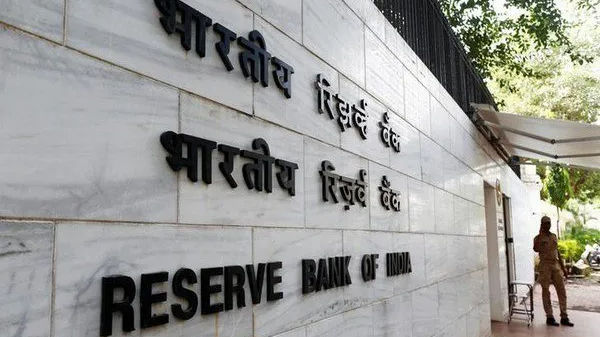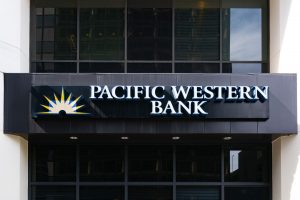India’s so-called bad bank, which was announced in the Union Budget earlier this year, is taking shape. On September 16, Finance Minister Nirmala Sitharaman stated that the Union Cabinet has approved a proposal to give Rs 30,600 crore in government guarantees for security receipts issued by the National Asset Reconstruction Company (NARCL) as part of the bad debt settlement process. Security receipts are a right or interest in a financial asset that is not divisible. Generally, asset reconstruction businesses or a bad bank may acquire distressed assets for 15% cash and the remaining 85% in security receipts.
Also Read| SEBI outlines new frameworks, introduces silver exchange trade | Explained
“In addition, we are establishing an India Debt Resolution Company Ltd to manage non-performing assets (NPAs). Public sector banks (PSBs) and state-owned financial institutions would hold 49 percent of this business “said the Finance minister. She went on to say that private-sector banks will have a share as well.
Also Read| Twitter allows users to tip in bitcoins, becomes first social platform to allow crypto
A bad bank is a sort of financial entity that acquires a bank’s bad debtors for a mutually agreed-upon price and seeks to collect the debts or linked securities on its own. The bad bank assumes a share of the obligations that have been designated as non-performing assets (NPAs). All of the lender’s (the bank’s) rights to the loan are transferred to the bad bank.
Also Read| ‘Rich Dad Poor Dad’ author Robert Kiyosaki predicts stock market crash in October
Raghuram Rajan former RBI governor rejected the notion of a government-led bad bank, instead suggesting that private sector asset reconstruction businesses be reinforced so that they have the resources to buy bad loans from banks in cash.
Also Read| Crypto expert pleads guilty to helping North Korea on blockchain technology
Challenges:
The majority of these problematic assets have already been properly provisioned for and recorded on bank balance sheets. Banks no longer hold out hope for a substantial recovery. The most important aspect of these holdings will be how banks arrive at a valuation for the transfer of these assets to the bad bank. The bad bank’s capacity to resolve these assets in a timely way will be crucial for future provision write-back by banks.
Also Read| SBI prohibits users from using its UPI to trade in cryptocurrencies
Benefits:
It will assist lenders in getting rid of poor assets and cleaning up their books by moving them to the bad bank. The bad bank will free up capital for banks, allowing them to resume lending. It will be more results-oriented, and hence better able to recover debts from borrowers. Because it is government-backed, it will not cause delays in resolution owing to governance flaws, slow-moving court architecture, poorly planned regulation, and other key challenges confronting ARCs. Overall, it will provide a significant boost to the economy at large.
Also Read| Cryptocurrency can disrupt broking industry, says Zerodha CEO Nitin Kamath
The concept of a bad bank has been around since the 1980s when the United States and Sweden were early adopters. In some nations, including the United States, Sweden, Finland, Belgium, and Indonesia, bad banks have been institutionalized and seen as a success. Malaysia established a government-sponsored bad bank, the United States started the Troubled Asset Relief Program (TARP) in 2008, and Ireland established a National Asset Management Agency (NAMA) in 2009.







